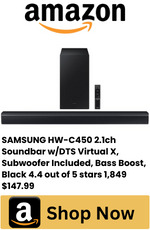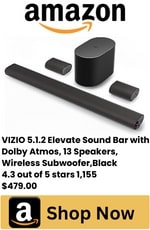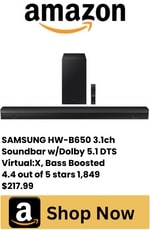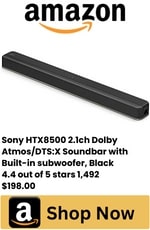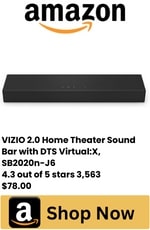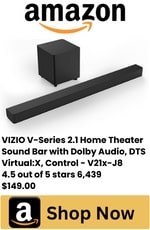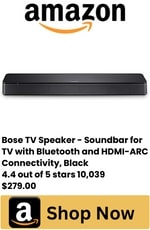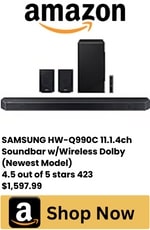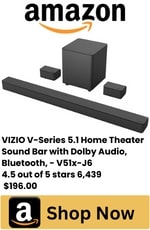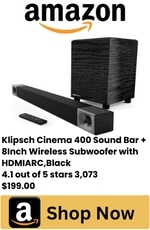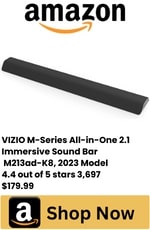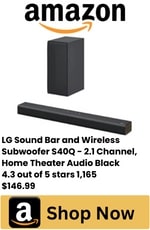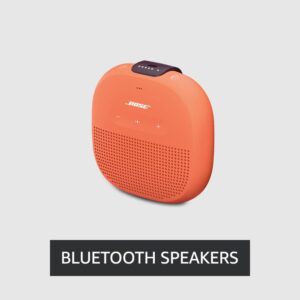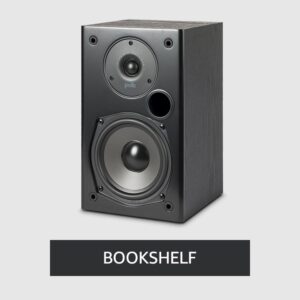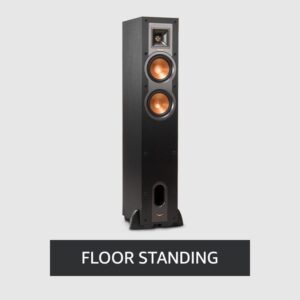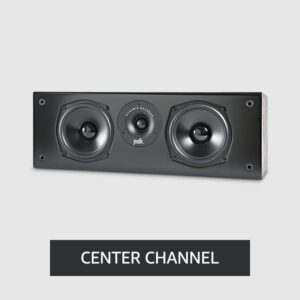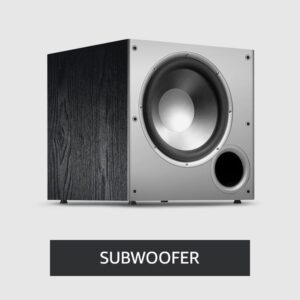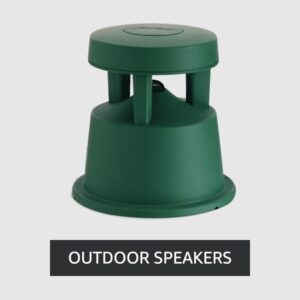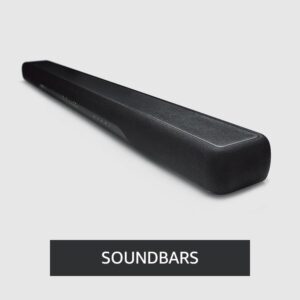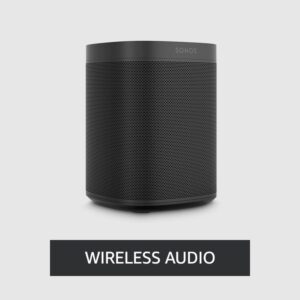IP55 vs IP65 vs IP67: Understanding the Differences in Ingress Protection Ratings
IP ratings are an essential aspect of any product that is designed to be used in outdoor or harsh environments. The IP rating system is used to determine the level of protection provided by an electrical enclosure against foreign particles, moisture, liquids, dust, and accidental contact. The rating system is defined in international standard EN 60529, which is also known as British BS EN 60529:1992 or European IEC 60509: 1989.
The IP rating system consists of the letter IP followed by two digits and an optional letter. The first digit indicates the level of protection against the intrusion of solid objects, while the second digit indicates the level of protection against the ingress of liquids.
The optional letter indicates additional protection against other elements such as oil, high-pressure water, or mechanical impacts. The higher the IP rating, the more protection the enclosure provides.
The most common IP ratings are IP55, IP65, and IP67. These ratings are often compared and contrasted to determine which one is better for a particular application. In the following sections, we will explore the differences between IP55, IP65, and IP67 and provide some examples of when each rating might be the most appropriate choice.
Table of Contents
Overview of IP Ratings
Definition of IP Rating
IP rating, also known as Ingress Protection rating, is a standard used to define the level of protection provided by an enclosure or housing against intrusion of foreign objects such as dust and water. The rating consists of two digits, where the first digit represents the degree of protection against solid objects, and the second digit represents the degree of protection against liquids.
The first digit ranges from 0 to 6, where 0 means no protection against solid objects, and 6 means complete protection against dust. The second digit ranges from 0 to 9, where 0 means no protection against liquids, and 9 means complete protection against high-pressure water jets from all directions.
Significance of IP Codes
The IP code is significant in determining the level of protection that an enclosure or housing provides against dust and water. For example, IP55 provides limited protection against dust and low-pressure water jets from any direction, while IP65 provides complete protection against dust and low-pressure water jets from any direction. On the other hand, IP67 provides complete protection against dust and immersion in water up to 1 meter.
It is important to note that the IP rating does not indicate protection against other elements such as impact, temperature, or corrosion. Therefore, it is essential to consider other factors when selecting an enclosure or housing for a specific application.
In summary, understanding IP ratings is crucial in ensuring that the enclosure or housing provides adequate protection against dust and water. By considering the IP rating, one can determine the level of protection required for a specific application and select the appropriate enclosure or housing.
Comparison of IP55 vs IP65 vs IP67
| IP Rating | Protection Against Solids | Protection Against Liquids | Water Immersion Capability |
| IP55 | Moderate protection against dust; Not completely dust-tight | Protection against low-pressure water jets from any direction | Not suitable for immersion in water |
| IP65 | Complete protection against dust; Dust-tight | Protection against low-pressure water jets from any direction | Not suitable for immersion in water |
| IP67 | Complete protection against dust; Dust-tight | Complete protection against immersion in water up to 1 meter for 30 minutes | Suitable for temporary immersion in water |
IP ratings are an important consideration when choosing an enclosure for electrical equipment. IP stands for “Ingress Protection,” which refers to the level of protection an enclosure provides against the intrusion of solid objects and liquids. The IP rating is composed of two digits, where the first digit represents protection against solids and the second digit represents protection against liquids. In this section, we will compare the characteristics of IP55, IP65, and IP67 ratings.
IP55
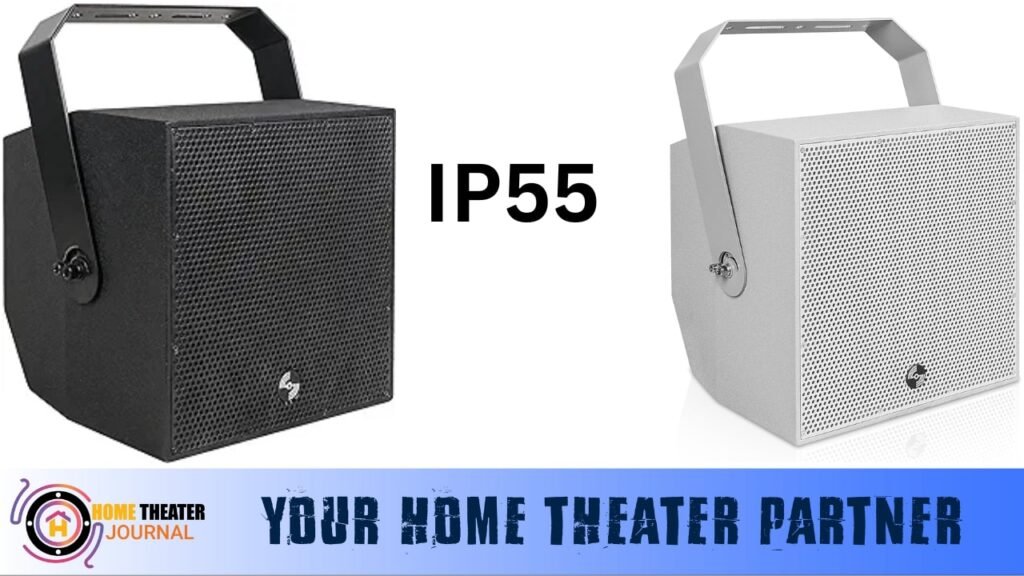
IP55-rated enclosures provide moderate protection against dust and water. The first digit, 5, indicates that the enclosure is protected against dust that may harm the equipment, but it is not completely dust-tight. The second digit, 5, indicates that the enclosure can withstand low-pressure water jets from any direction. However, it is not suitable for use in environments where the equipment may be submerged in water.
The best IP55 speaker is Sound Town IP55 Certified 2-Way 70V/100V 8″ (on Amazon).
Pros:
- Moderate Protection: Suitable for environments with moderate exposure to dust and water.
- Versatility: Ideal for both indoor and outdoor applications.
- Cost-Effective: Generally more affordable compared to higher IP ratings.
Cons:
- Limited Water Resistance: Not suitable for heavy rain or direct water exposure.
- Incomplete Dust-Tightness: May allow some dust entry, impacting devices in harsh conditions.
IP65

IP65-rated enclosures provide a high level of protection against dust and water. The first digit, 6, indicates that the enclosure is completely dust-tight, meaning no dust can enter the enclosure.
The second digit, 5, indicates that the enclosure can withstand low-pressure water jets from any direction. IP65-rated enclosures are suitable for use in environments where the equipment may be exposed to rain or splashing water.
Electro-Voice EVID-S5.2X 300W 70V/100V (On Amazon) Which is the best option for outdoor speakers.
Pros:
- Complete Dust-Tightness: Offers full protection against dust, making it suitable for harsh environments.
- Water Resistance: Can withstand low-pressure water jets and exposure to heavy rain.
- Durable: Suited for outdoor applications with higher levels of dust and potential water exposure.
Cons:
- No Immersion Capability: Not designed for immersion in water, limiting suitability in certain environments.
- Higher Cost: Generally more expensive compared to IP55, reflecting increased protection.
IP67
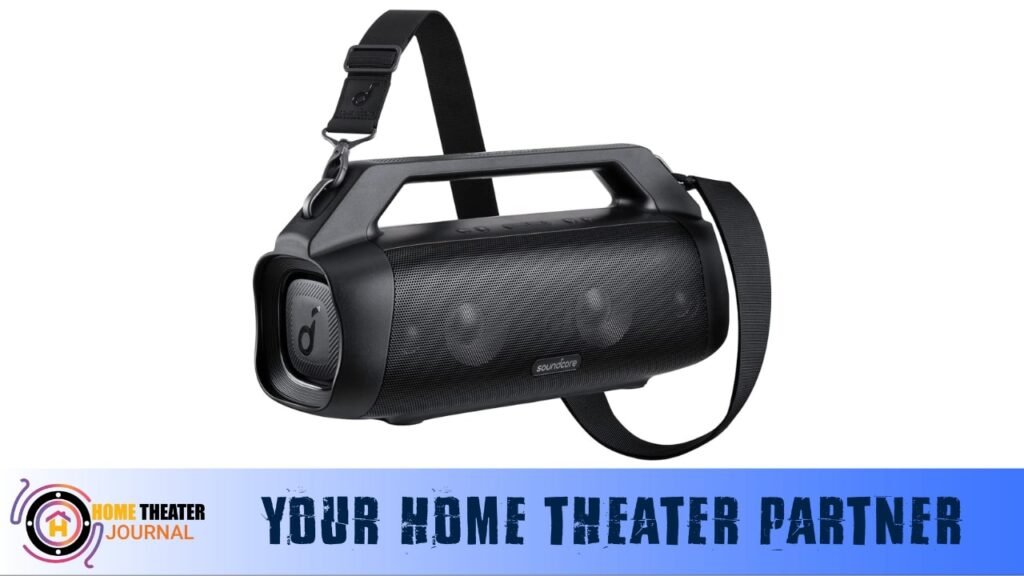
IP67-rated enclosures provide the highest level of protection against dust and water. The first digit, 6, indicates that the enclosure is completely dust-tight, meaning no dust can enter the enclosure.
The second digit, 7, indicates that the enclosure can withstand immersion in water up to 1 meter for 30 minutes. IP67-rated enclosures are suitable for use in environments where the equipment may be exposed to heavy rain, high-pressure water jets, or temporary immersion in water.
Anker Soundcore Motion Boom Plus Outdoor IP67 Water Resistantce speaker (On Amazon) best portable speaker for rain.
Pros:
- Complete Protection: Fully dust-tight and capable of withstanding immersion in water up to 1 meter.
- Harsh Environment Suitability: Designed for challenging outdoor conditions with heavy dust, rain, or temporary water exposure.
- Versatility: Suitable for a wide range of applications, including marine equipment.
Cons:
- Cost: Highest among the three due to comprehensive protection features.
- Limited Immersion Time: Can only withstand immersion for up to 30 minutes, not for continuous submersion.
In summary, IP55-rated enclosures provide moderate protection against dust and water, IP65-rated enclosures provide a high level of protection against dust and water, and IP67-rated enclosures provide the highest level of protection against dust and water. The appropriate IP rating for an enclosure depends on the environment in which the equipment will be used.
Durability and Protection Levels
When it comes to outdoor electronics, durability and protection are essential factors to consider. The IP rating system provides valuable information about the level of protection that electronic devices offer against the intrusion of solids and liquids. In this section, we will discuss the durability and protection levels of IP55, IP65, and IP67.
Protection Against Solids
The first digit of the IP rating system indicates the level of protection against solids. IP55, IP65, and IP67 all offer excellent protection against dust and other solid particles. However, the level of protection differs between these ratings.
IP55: Protects against dust and other small particles. It is suitable for outdoor use but not recommended for harsh environments.
IP65: Offers complete protection against dust and other small particles. It is suitable for harsh outdoor environments.
IP67: Provides complete protection against dust and other small particles. It is suitable for harsh outdoor environments and can withstand exposure to sand, dirt, and other harsh elements.
Protection Against Liquids
The second digit of the IP rating system indicates the level of protection against liquids. IP55, IP65, and IP67 all offer different levels of protection against water and other liquids.
IP55: Offers protection against water jets from any direction. It is suitable for use in damp environments but not recommended for use in areas where it may be exposed to heavy rain or water.
IP65: Offers protection against water jets from any direction and can withstand exposure to heavy rain. It is suitable for use in harsh outdoor environments.
IP67: Provides complete protection against water and can withstand immersion in water up to 1 meter deep for 30 minutes. It is suitable for use in harsh outdoor environments and can withstand exposure to water, rain, and other liquids.
Choosing the Right IP Rating
When selecting an IP rating for a device or enclosure, it is important to consider several factors to ensure the device is adequately protected from the elements.
Factors to Consider
The first factor to consider is the environment in which the device will be used. If the device will be used outdoors, it will need a higher IP rating than a device used indoors. For example, an IP55 rating may be sufficient for a device used indoors, while an IP65 or IP67 rating may be necessary for a device used outdoors.
The second factor to consider is the level of protection required. If the device will be exposed to dust and debris, it will need a higher IP rating than a device that will not be exposed to these elements. For example, an IP55 rating may be sufficient for a device that will not be exposed to dust and debris, while an IP65 or IP67 rating may be necessary for a device that will be exposed to these elements.
The third factor to consider is the level of water resistance required. If the device will be exposed to water, it will need a higher IP rating than a device that will not be exposed to water. For example, an IP55 rating may be sufficient for a device that will not be exposed to water, while an IP65 or IP67 rating may be necessary for a device that will be exposed to water.
Cost-Benefit Analysis
When choosing an IP rating, it is important to consider the cost-benefit analysis. A higher IP rating generally means a higher cost, so it is important to determine if the additional cost is worth the added protection.
For example, if a device will be used outdoors and exposed to water, an IP67 rating may be necessary for adequate protection. However, if the device will only be used occasionally and in a relatively dry environment, an IP65 rating may be sufficient and a more cost-effective option.
Overall, choosing the right IP rating requires careful consideration of the environment, level of protection required, and cost-benefit analysis.
conclusion
In conclusion, when choosing between IP55, IP65, and IP67, it is important to consider the level of protection against solids and liquids required for the device’s intended use.
IP55 provides basic protection against dust and water jets, while IP65 offers complete protection against dust and water jets and can withstand exposure to heavy rain. IP67 provides complete protection against dust and water and can withstand immersion in water up to 1 meter deep for 30 minutes.
FAQs
What are the main differences between IP55, IP65, and IP67 ratings?
IP ratings are used to describe the level of protection an electronic device has against dust and water. The first digit of the rating refers to the level of protection against solid objects, while the second digit refers to protection against liquids.
IP55-rated devices provide protection against dust and low-pressure water jets from any direction. IP65-rated devices provide complete protection against dust and low-pressure water jets.
IP67-rated devices provide complete protection against dust and can be immersed in water up to 1 meter deep for up to 30 minutes.
Can devices with IP55 rating be used safely outdoors?
IP55-rated devices can be used outdoors, but they are not suitable for use in areas with high levels of moisture or where the device may be exposed to heavy rain or direct water contact. Devices with IP55 rating are ideal for use in indoor environments where there is a moderate amount of dust and moisture.
How do IP55 and IP67 ratings compare in terms of water resistance?
IP55-rated devices are protected against low-pressure water jets from any direction, while IP67-rated devices can be submerged in water up to 1 meter deep for up to 30 minutes.
IP67-rated devices provide a higher level of water resistance than IP55-rated devices, making them suitable for use in environments where there is a high level of moisture or where the device may be exposed to heavy rain or direct water contact.
Which rating should I choose for high moisture environments: IP65 or IP67?
If you need a device for use in high moisture environments, you should choose a device with an IP67 rating. IP67-rated devices provide complete protection against dust and water immersion up to 1 meter deep for up to 30 minutes.
IP65-rated devices provide complete protection against dust and low-pressure water jets, but they are not suitable for use in areas where the device may be exposed to heavy rain or direct water contact.
What does an IP55 rating imply about dust and particulate protection?
An IP55 rating indicates that a device is protected against dust and other solid particles. The first digit of the rating (5) indicates that the device is protected against dust, but not completely. The device can still be exposed to some dust, but it will not interfere with the device’s operation.
Are IP67-rated devices fully submersible in water?
IP67-rated devices are fully submersible in water up to 1 meter deep for up to 30 minutes. However, it is important to note that the device must be removed from the water as soon as possible to prevent any damage to the device. It is also important to ensure that the device is completely dry before using it again.

Author: Baqarrasheed
I know all about home theater items! I have been doing this for more than three years now. I am good with things like sound systems, TVs, projectors, and all that cool entertainment gear. I like to help folks by testing and talking about these gadgets on Hometheaterjournal. I want to make sure everyone can create an awesome entertainment setup at home without any confusion.
I write the creative content for HometheaterJournal.



